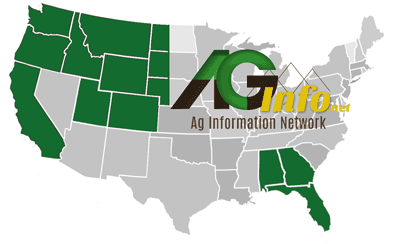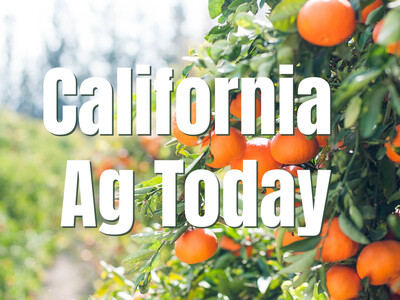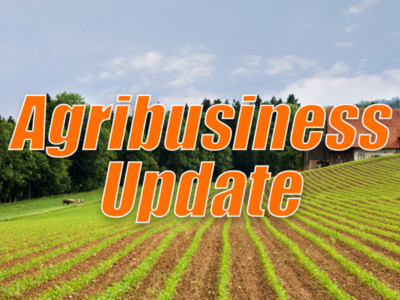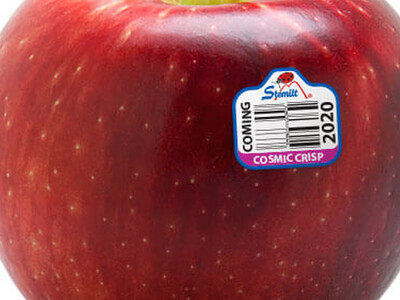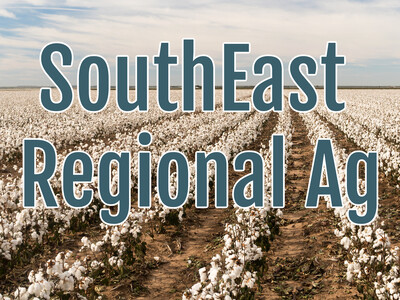Sugarbeets pay the bills
Sugarbeets are a unique, humble crop that pays the bills for a lot of Idaho farms.The crop is not on the state’s license plates and Idaho is not known among the public for producing it. But sugarbeets do play an important role in Idaho farm country.
“They’re a stable crop with stable production despite changes in weather from year to year,” says Rupert farmer Duane Grant, who has been growing sugarbeets for 45 years. “They have generally stable pricing and, in many ways, they’ve been the mortgage payer.”
Nate Garner has been growing sugarbeets in Idaho’s Raft River Valley for 12 year and his family has been growing them for more than half a century.
“Sugarbeets are our bread and butter,” he says. “That’s our main crop that we grow. I’ve heard many people say sugarbeets pays the bills and it really does.”
Sugarbeets are a root crop and when fully mature are about the size of a football. Each one weighs about 3-5 pounds. They’re planted in March or April and harvested in late fall.
More than 400 farmers in Idaho typically grow about 170,000 acres of sugarbeets each year. They are sold to Amalgamated Sugar Co., which is owned by growers in Idaho, Oregon and Washington.
Between those three states, about 180,000 acres of beets are grown by about 600 farmers, who combined grow enough sugarbeets to produce 12 percent of the sugar consumed in the United States.
“We have a really vibrant and healthy sugarbeet industry,” says Samantha Parrott, executive director of the Snake River Sugarbeet Growers Association.
Farmers in Idaho, Oregon and Washington own shares to grow sugarbeets and there is pent-up demand for them, Parrott says.
“People want to grow sugarbeets,” she says. “It’s a really good crop to be in and it’s a great crop for our farmers to have in their rotation.”
Sugarbeets are a very different crop to grow than many other of the main crops grown in Idaho, such as potatoes, onions, dry beans or grains, says Nolan Harper, who grows sugarbeets in the small community of Idahome in Cassia County.
“I have plenty of nieces and nephews … that live in the cities and when they come out during beet harvest, they are fascinated by sugarbeets,” he says.
“It’s a very unique crop,” Harper says. “They’re big and heavy and the amount of tonnage that comes off of the field is pretty amazing to most people.”
Idaho ranks No. 2 in the nation in total sugarbeet production and the industry has a major impact on the state’s economy.
They’re so important, particularly in rural areas, that the city of Rupert drops a giant sugarbeet to ring in the new year.
“I don’t know what the overall footprint is, but it’s a pretty significant impact,” Garner says.
The United States has a sugar policy, which is outlined in the farm bill and regulates the flow of sugar into the country. This helps provide stability to price, Parrott says.
“The word that I use to describe our industry to people is stability,” she says. “It’s a very stable crop. It’s a real reliable crop for growers.”
“Because we have sugar policy in the farm bill, that provides stability to the price,” she adds. “Not only for the grower but for the consumer as well.”
Because Amalgamated growers need shares to plant sugarbeets, the amount of acres planted is pretty stable from year to year.
“I love that about our industry, that it is so stable and predictable and reliable,” Parrott says.
U.S. sugar comes from sugarbeets or sugar cane. Both have a really high sugar content.
“It’s so fascinating to me that you have a sugarbeet that grows underground and then you have sugar cane that grows above ground … and can get as tall as a basketball hoop,” Parrott says. “These two crops couldn’t be more different, but their end product is exactly the same.”
In Idaho, sugarbeets contain about 18 percent sugar and one sugarbeet contains about one cup of sugar.
In Idaho, there are three Amalgamated processing facilities – Paul, Twin Falls and Nampa – that turn the beets into sugar. These facilities combined process more than seven million tons of sugarbeets annually.
Amalgamated is one of Idaho’s largest private employers.
“Sugarbeets represent a billion-dollar industry in the state of Idaho. It’s a big deal,” Parrott says.
Despite that fact, most Idahoans have no idea what a sugarbeet is, she says.
Most people, if they’ve ever heard of a sugarbeet, assume it’s some type of red table beet.
“A lot of people that live here, and particularly people that are moving here, don’t know what a sugarbeet is,” Parrott says.
“Probably 99 percent of the non-farming population, if you say sugarbeet, they think they’re some red beet variety,” Grant says. “That’s really all the consumer knows, is the red beet.”
The sugarbeet industry has made significant strides when it comes to technology and research breakthroughs. These technological advances have made it easier and more reliable to grow the crop, according to farmers.
In 2005, sugarbeets were approved to use what is known as “Roundup Ready” technology, a genetic modification in beets that allow them to resist the glyphosate weed killer.
“That was such a game-changer for our industry and that has really helped our growers take it to the next level,” says New Plymouth sugarbeet farmer Galen Lee.
With modern genetics, beet farmers have been able to substantially increase their yields, Grant said.
When he started farming, if growers were able to get 20 tons of sugarbeets per acre and achieve 16 percent sugar content, “we considered ourselves very successful. That was a money-making level.”
Today, sugarbeet farmers are getting 40 tons an acre and hitting 18-plus percent sugar content.
Throw in the weed control system that Roundup Ready technology allows and “all of that adds up to make them a really fun crop to grow,’ Grant says.
While genetic modification technology is used in the sugarbeet seed, once the sugar is extracted from a sugarbeet, the end product is identical to cane sugar, Parrott says.
If you look under a microscope, there is no difference at the molecular level between beet and cane sugar, she says.
“A sugarbeet is GMO but the sugar is not because it goes through the process and there is no plant matter left,” she says. “Our sugar is not GMO. It does not have to be labeled GMO because it is not. The end product is identical to cane sugar.”
Napoleon spurred commercial sugarbeet production in France in the early 1800s after English naval blockades cut off France’s supply of sugar.
“We really have him to thank for the commercialization of sugarbeets,” Grant says. “About (200) years after Napoleon, most people don’t know that half of the sugar, at least in North America, comes from sugarbeets.”
